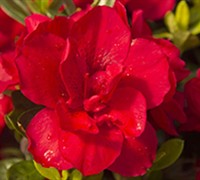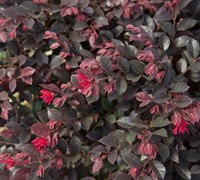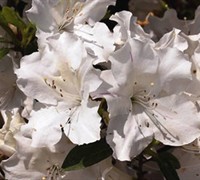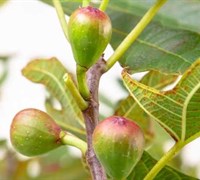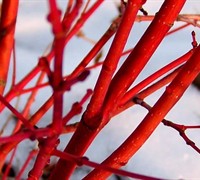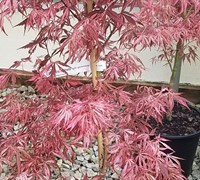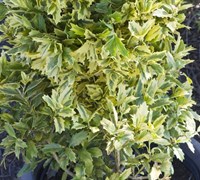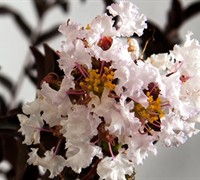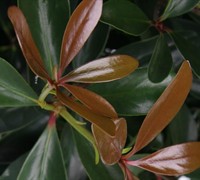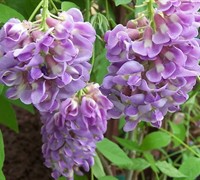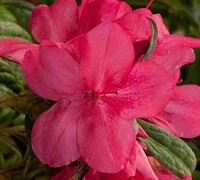HOSTA AND SHADE TOLERANCE
Hosta is a genus of shade-tolerant plants that are commonly known as hostas or plantain lilies. Hostas are popular with gardeners since they are a good choice for those shady areas of the garden where it is difficult to grow other plants. I have lived in a condo with only a small shaded balcony for a few years, and the only plant I have been able to grow well on my shaded balcony has been hostas. But what makes a plant “shade-tolerant” and why do these plants often not do well in constant full sun?
All plants (with the exception of some parasitic plants) need sunlight to survive. Sunlight is the energy source for a plant to be able to make the organic molecules they need to survive. Plants that have adapted to do well in shady conditions have made some adjustments that allow them to get the light that they need to survive, even when that light is in short supply. All plants use pigment molecules to absorb light energy, and each pigment absorbs light at a specific wavelength. Shade-tolerant plants typically use less common pigments in order to capture the wavelengths of light that are not being used by the full-sun plants above them. For example, while most plants use more chlorophyll type a than chlorophyll type b, shade plants will reverse this ratio and use more chlorophyll type b pigment. Shade plants can also use other pigments to capture additional wavelengths, which is why a lot of shade plants have variegated leaves (the different colors reflect the use of different pigment molecules).
Another adaptation used by shade plants (including hostas) is to have broader and thinner horizontally-oriented leaves in order to catch the maximum amount of light available in a shady area. The leaves themselves will often contain larger chloroplasts and more pigment molecules like chlorophyll. The adaptation of the leaves to be efficient at capturing low levels of light energy also make them vulnerable to too much light. Exposure to too much sun could damage the leaves and chloroplasts of a shade-tolerant plant, causing them to burn and brown.
Since Hosta is a genus of plants containing numerous species, hostas can vary in their shade tolerance. While no Hosta should be grown in constant full sun, most hostas need some sun exposure (like morning or late afternoon sun) to display their most vibrant colors and to develop their flowers. So how can you tell where a particular Hosta will do the best in your garden?
The quick rule of thumb is that hostas with yellow leaves or fragrant flowers can withstand more sun than hostas with green, blue, or white leaves. Yellow hostas usually need at least a couple of hours of full sun to keep their yellow color vibrant, or else the yellow color will fade to green. And fragrant hostas need sun exposure to develop their flowers. The
Stained Glass Hosta is one example, having both yellow leaves and fragrant flowers. Remember that full sun during the morning hours will not be as intense and damaging to the plant as full sun at noon.
Blue hostas (like the
Blue Mouse Ears Hosta) need the most protection from the sun. The blue color is actually from a waxy coating over green leaves. In full, hot sun the waxy coating can melt, turning the leaves green and making them susceptible to burning. Blue hostas do best with a little sun in the morning and mostly shade the remainder of the day.
There are two ways to tell if your Hosta is getting too much sun. If you see browning on the tips or outside edges of the leaves, or if you see dull color and faded spots on the leaves, then these are indications that the Hosta should be moved. The good news is that hostas are strong plants and easily withstand transplanting. These low-maintenance, long-lived plants are loved by gardeners everywhere for their versatility of ease of care.


